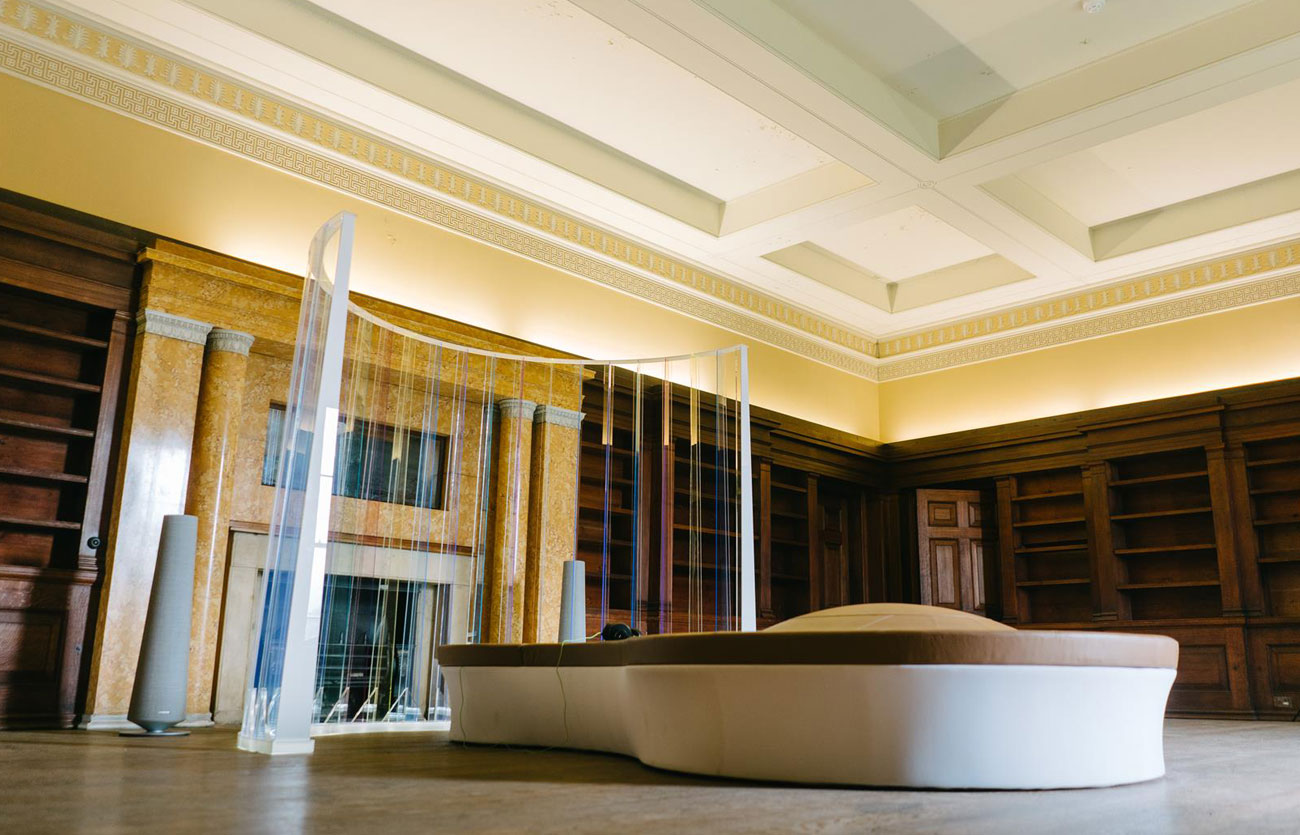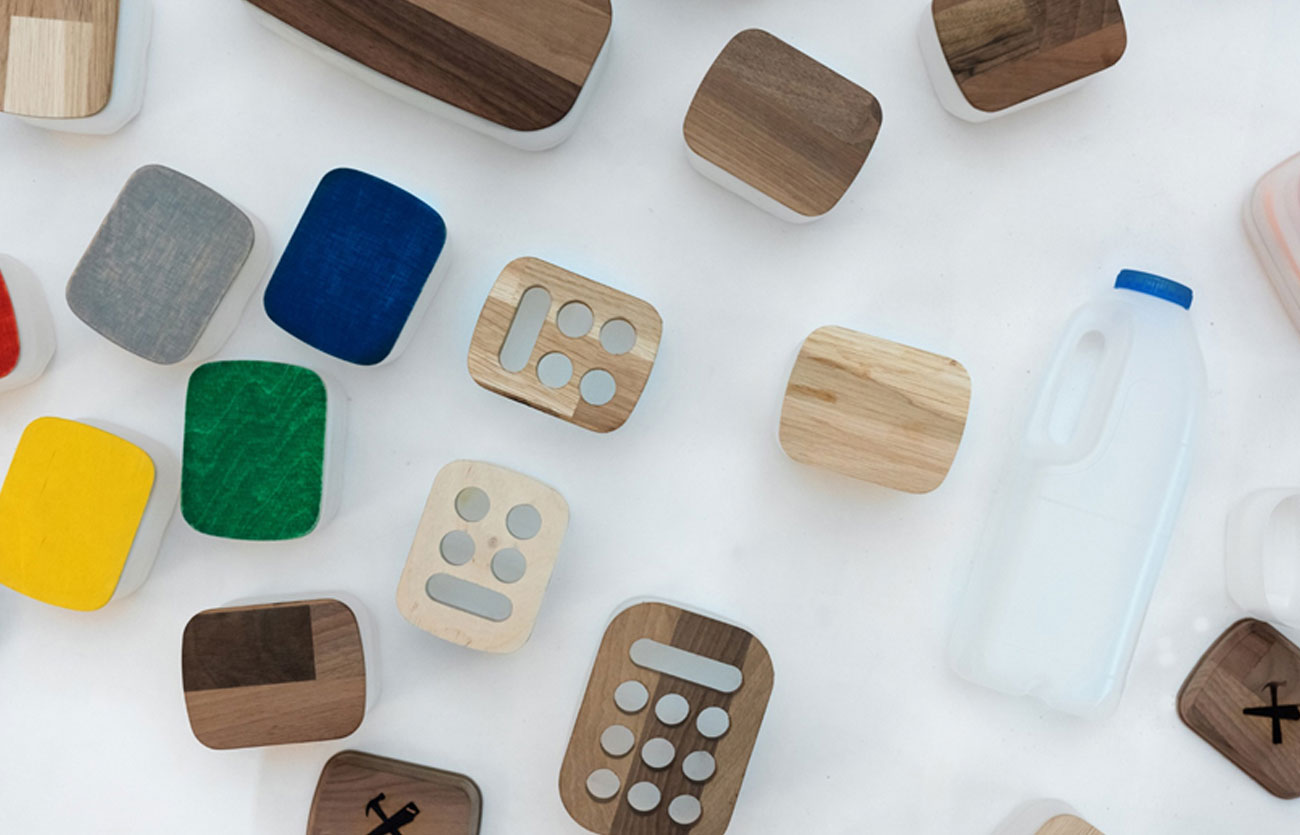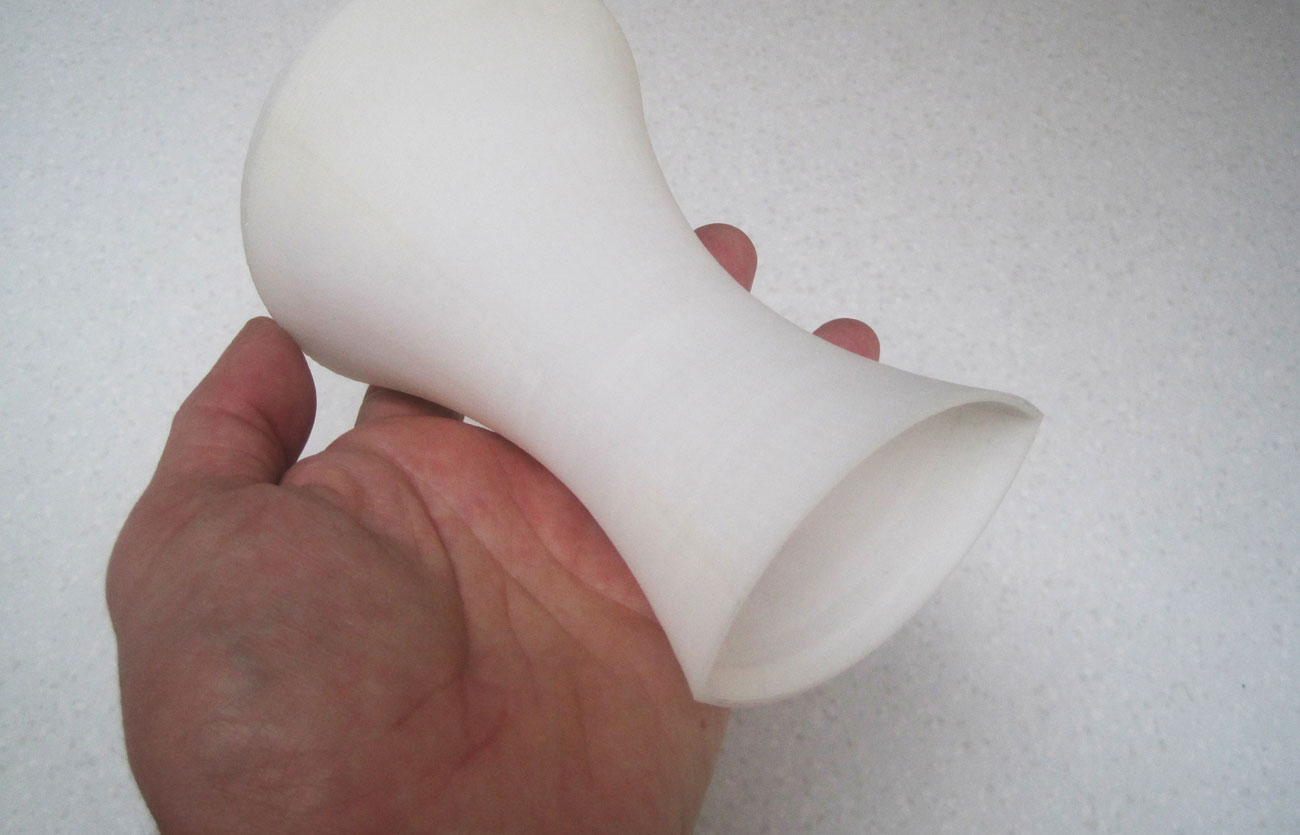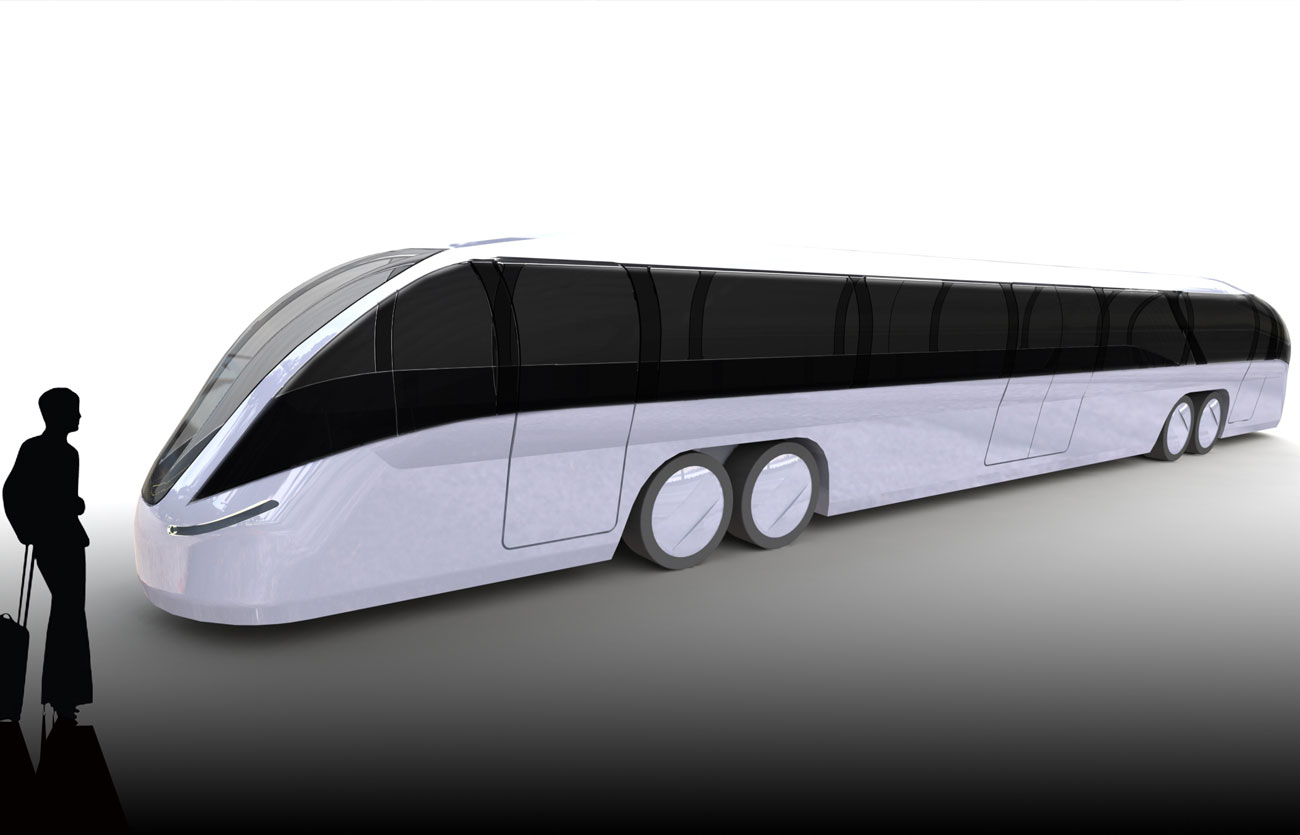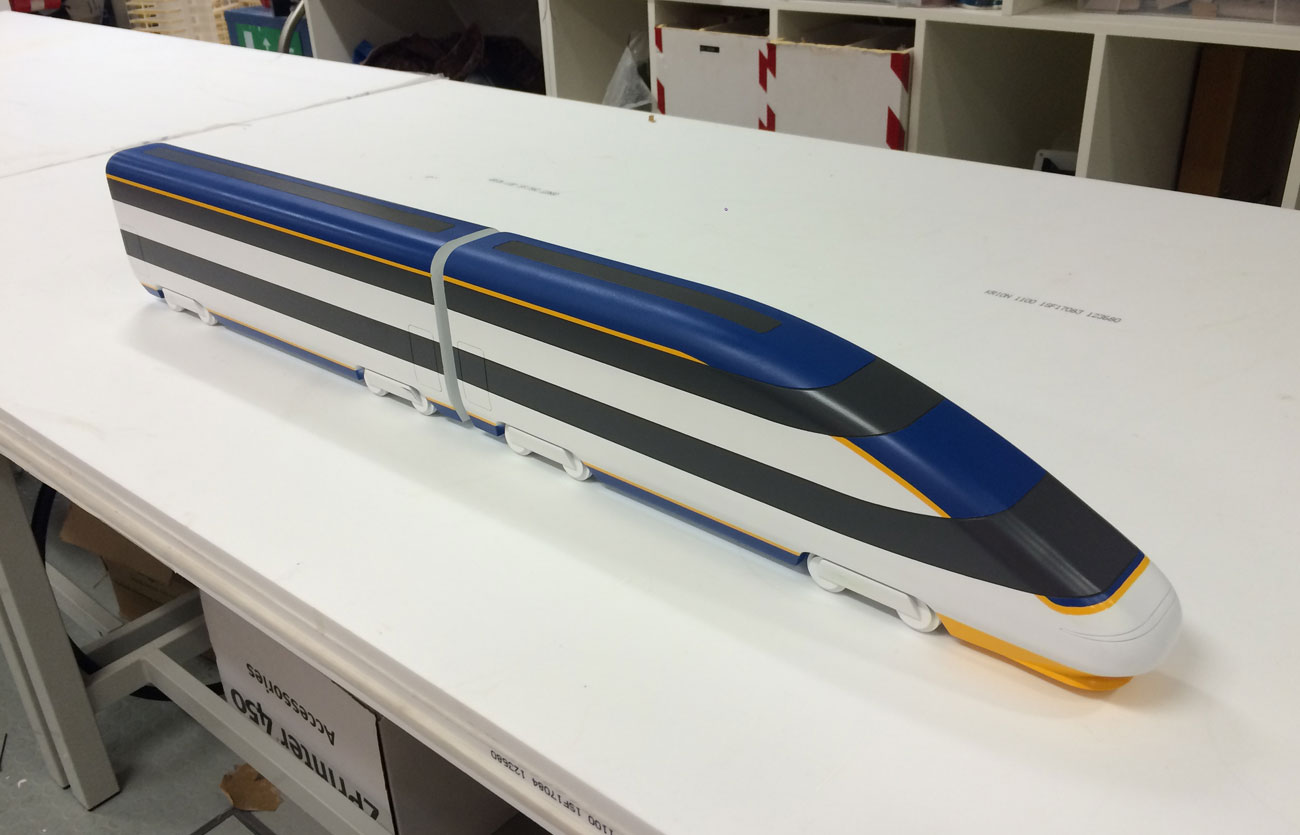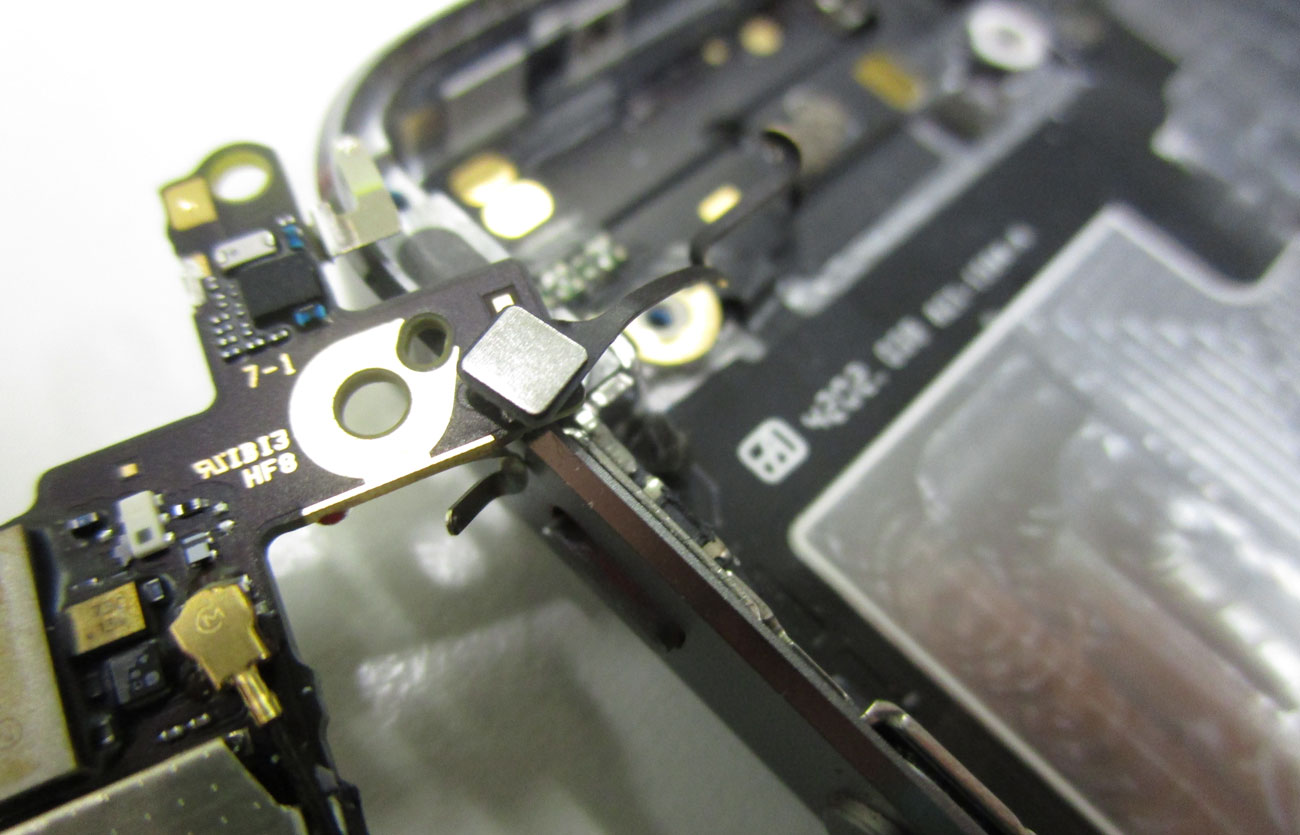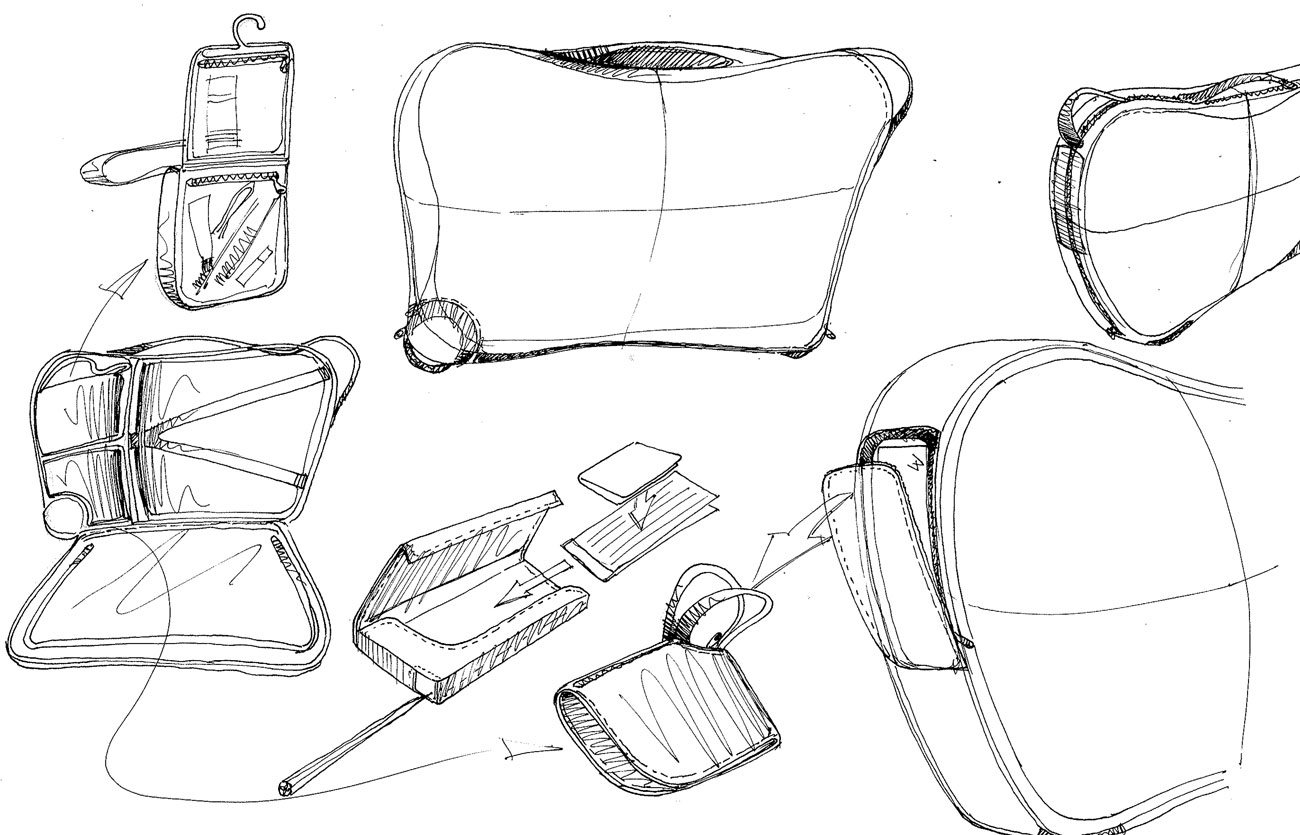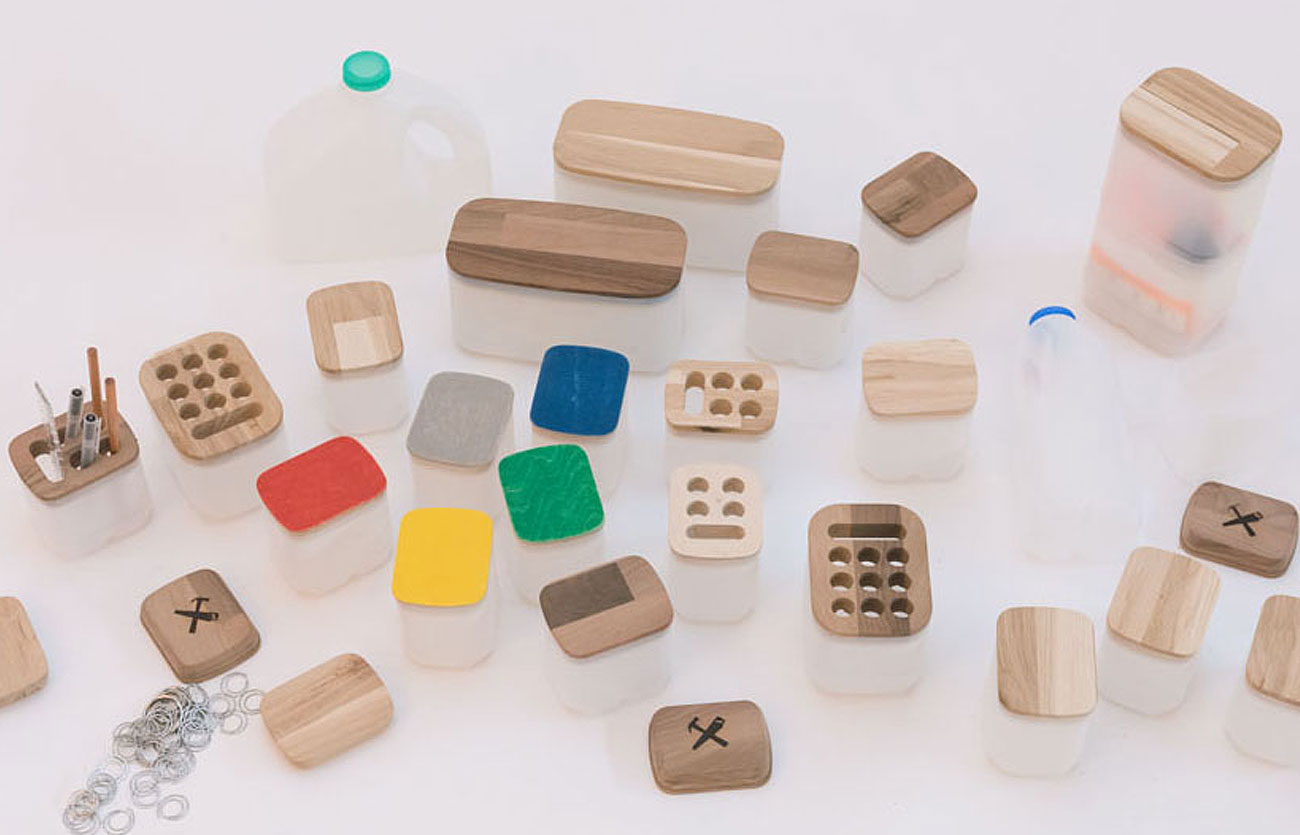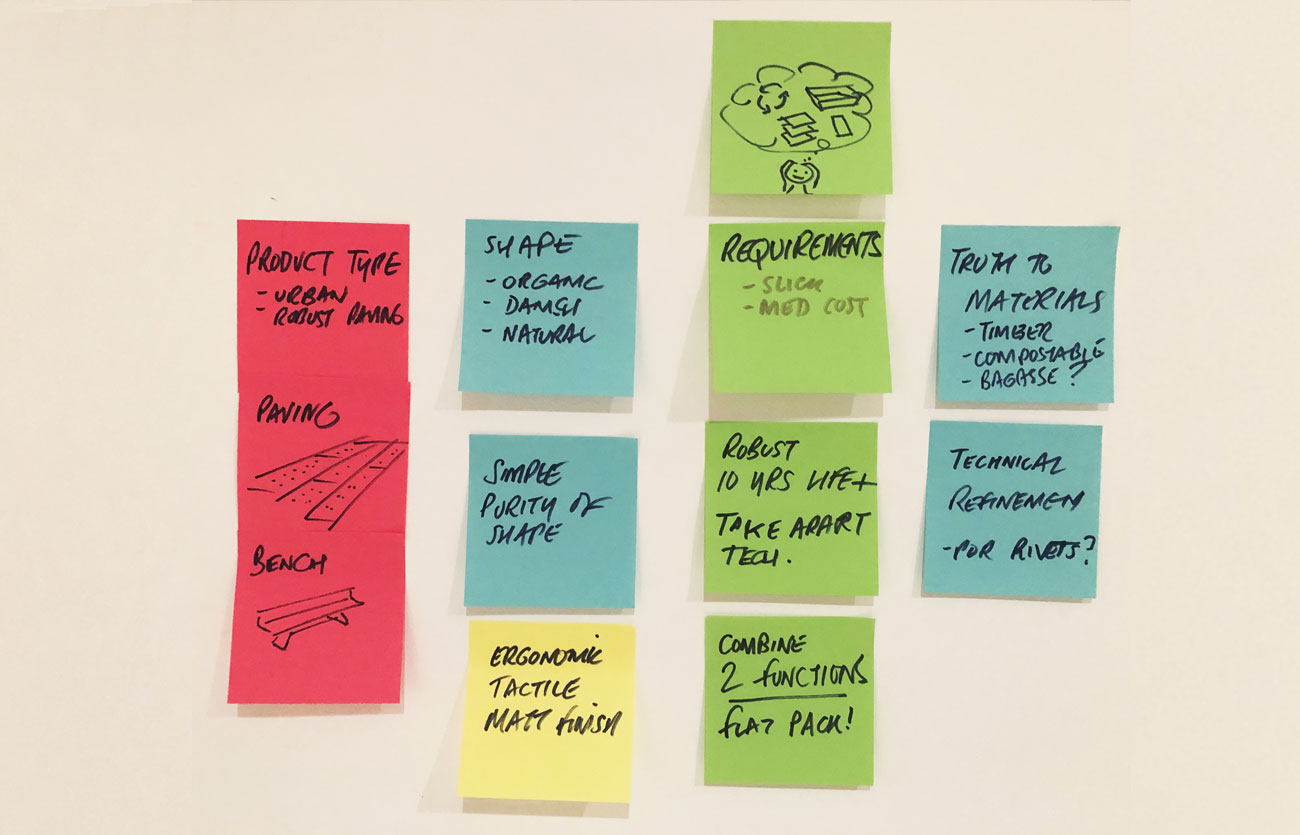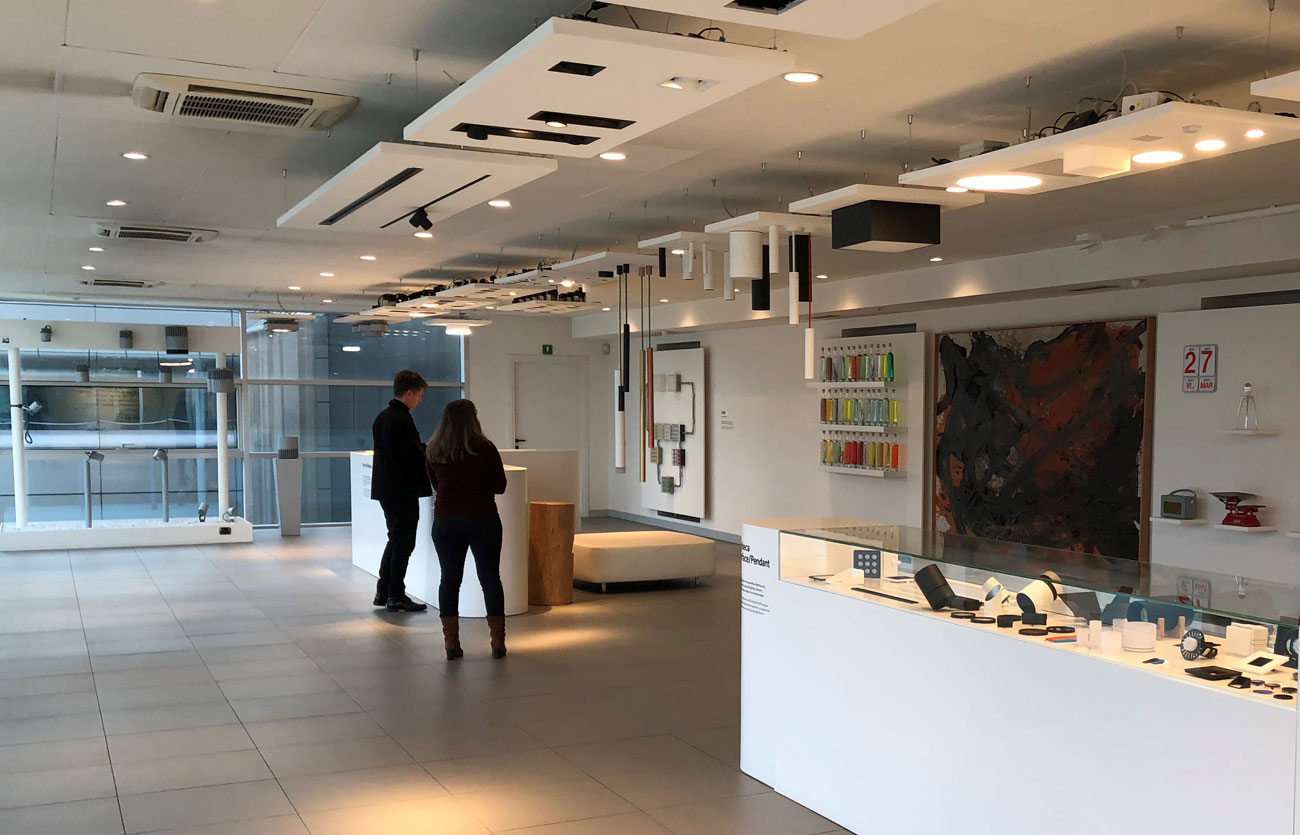After the release of a product, user and designer evaluation informs the development of next generation and complementary products. In this competitive world, it ensures continued market relevance.
Values and Identity
Physical products are one of the strongest expressions of a brand or organisation’s vision and values. Stephen couples how a product works, it’s technical performance with materials, colour and form to create a tangible representation of your hopes, dreams and identity.
Prototyping
Prototypes and sketch models are an integral parts of the design development process. Stephen uses them for stakeholder evaluation, component fit and ergonomic comfort trials.
CAD
Stephen uses a range of 3D and 2D computer aided design (CAD) tools. Drawings and product visualisations can be developed intuitively, sometimes rapidly, sometimes over many months. CAD models are often used for computer aided manufacture. Stephen has experience of the properties and production processes for a range of metals, timbers, ceramics, ceramics, glass, plastics and biodegradable materials.
Form Finding
Shape has meaning. A product’s form, colour and texture communicates important subconscious messages to the user. Forms that are over complex can dilute these messages, so Stephen goes to great lengths to create a refined, essential product form. He uses sketching, digital modelling, ergonomic mock ups and physical tools to develop and refine form.
Global Trends
Big issues such as climate change coupled with rapid development of digital hardware technologies result in changes to our priorities, expectations and needs. To propose solutions that meet the needs of people and society, Stephen keeps abreast of global, cultural and technological change to ensure products are relevant for now and the future.
Concept Design
Drawing, sketching and stakeholder feedback ensures imaginative ideas are explored, developed and refined. Creative concepts are visualised, mocked up, evaluated and communicated. This iterative and evolutionary process is essential for a successful design outcome.
Sustainability Strategy
Designers have a responsibility to create designs that close the loop on materials and waste. Stephen has carried in-depth research into this complex topic, resulting in ‘The Industrial Resolution’ publication. The need to treat products, materials and waste as a precious resource is tantamount to a more sustainable future.
Design Brief
The brief informs what the product needs to achieve. Close engagement and collaboration between client, user, designer, production and other stakeholders shapes and refines the creative and technical brief. It’s the starting point for a design and experience that meets the user’s functional, cultural and economic expectations.
Research
In depth research is the starting point for a design project. It provides context to ensure the product design and development process is well informed. Stephen uses qualitative and quantitative research methods, with in depth interactions with stakeholders to inform the design brief.
